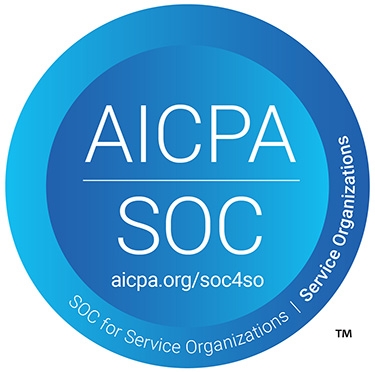SOC2

Vectice is SOC2-certified
Vectice successfully completed a SOC2 (Type-II) audit with no anomalies or exceptions, achieving a clean audit score.
At Vectice, we are dedicated to creating a secure platform that earns your trust. We handle your sensitive data with the utmost care, enabling your team to concentrate on delivering impactful data science and machine learning projects. Designed with compliance as a priority, Vectice allows for safe and secure integration with your existing software stack. Every year, we undertake an independent assessment of our cloud environment to ensure its security and reliability.
More about SOC2 (Type-II)
Developed by the American Institute of Certified Public Accountants (AICPA), the SOC2 (System and Organization Controls) is an independent, third-party audit built for service companies that examines the controls in place for the security, privacy, and integrity of their systems that process user data. This happens by observing these controls (typically lasting several months), after which the auditing party decides if they satisfy the SOC criteria. SOC2 (Type-II) is an industry standard that is widely recognized as a label of trust. This audit is performed by external firms that use standard metrics around security and privacy. This is particularly important with cloud technologies, where extra measures must be installed to store and transfer data securely.